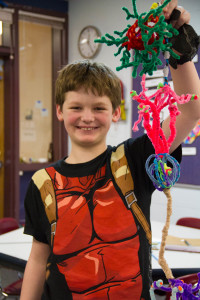Post written by Ruth Marigomen, Noggin Resource Council member for WSU Vancouver
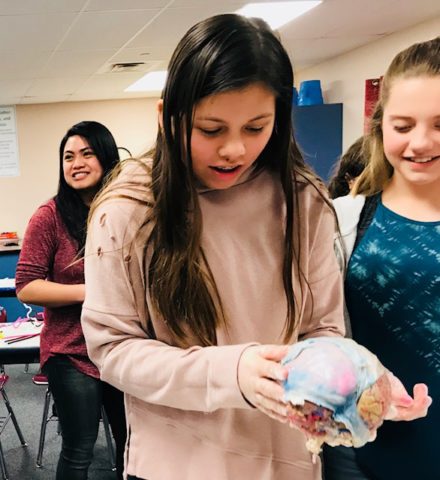
Noggin once again incited wonder about neuroscience amongst youngsters, and this time we shared our brains (both inside and outside our heads) with curious students at Skyridge Middle School..!

We were fortunate enough to reach four Skyridge classes and teach everyone about brains through art.

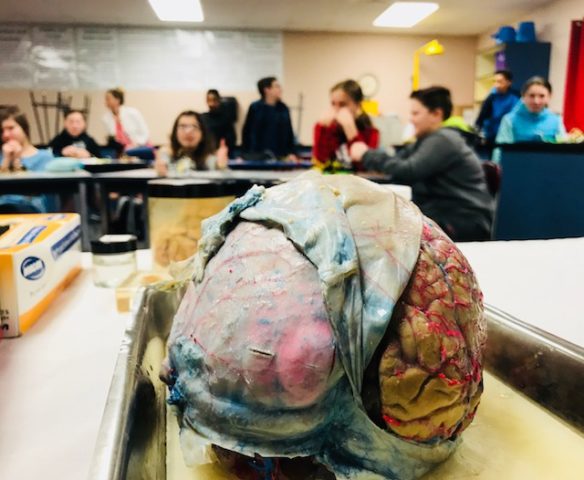
Our volunteers included Ashley Keates and mentors Jeff Leake and Bill Griesar from Portland State University, fellow Noggin Resource Council member Joey Seuferling, and Iris Gutierrez and Jeehoon Jung who joined me from WSUV.

Jeehoon had attended Skyridge, so this was a rewarding return! The students looked up to him, and he seemed to enjoy the experience too.
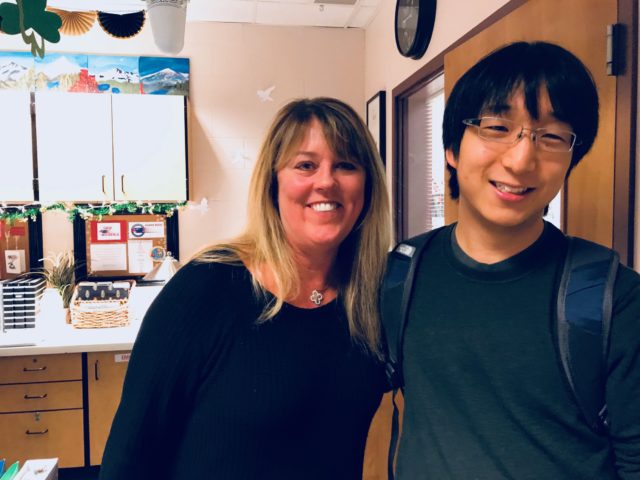
We taught students how to make one of the tiniest components of what makes them, them—out of colorful pipe cleaners—because what’s a Noggin event without our trusty pipe cleaner neurons, right?



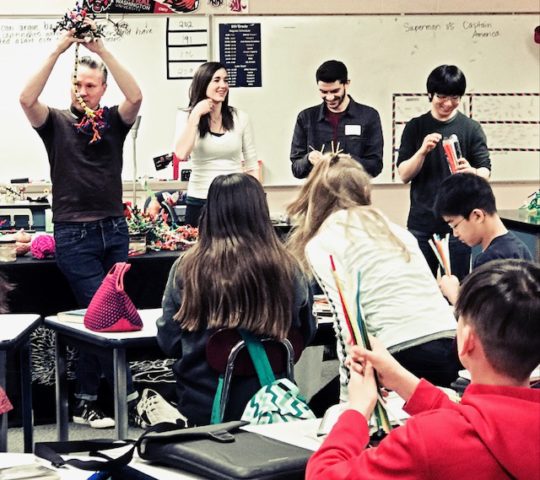
LEARN MORE: STEAM Art Projects
In making these pipe cleaner brain cells, we were able to review the various neuronal parts.
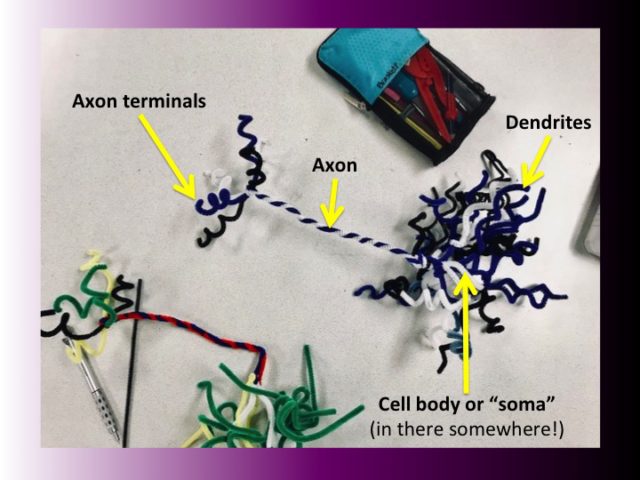
From this minuscule subject the students were able to widen their curiosities and fill gaps in their knowledge of neuroscience by asking all the questions they had about the brain.
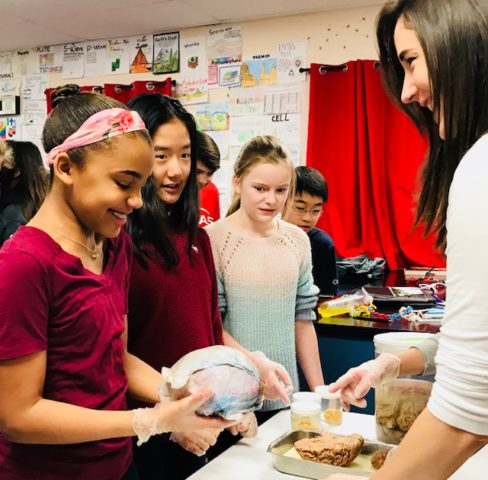

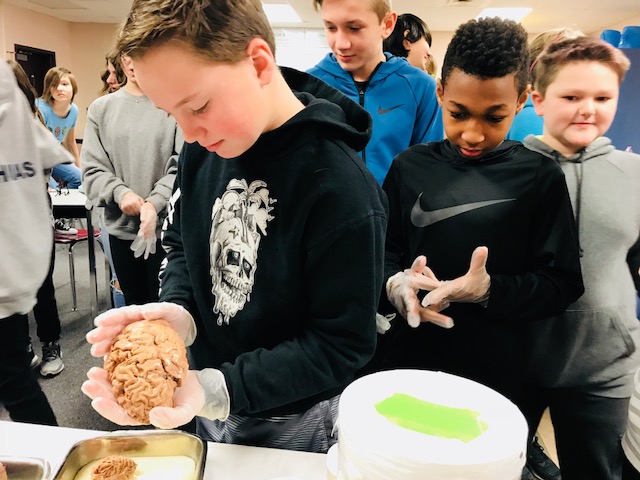
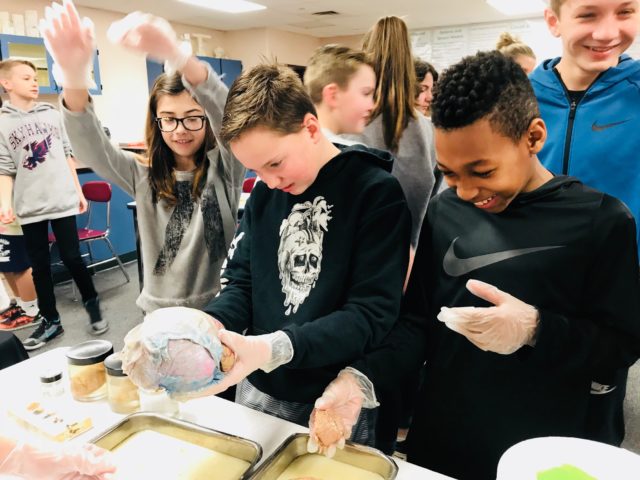
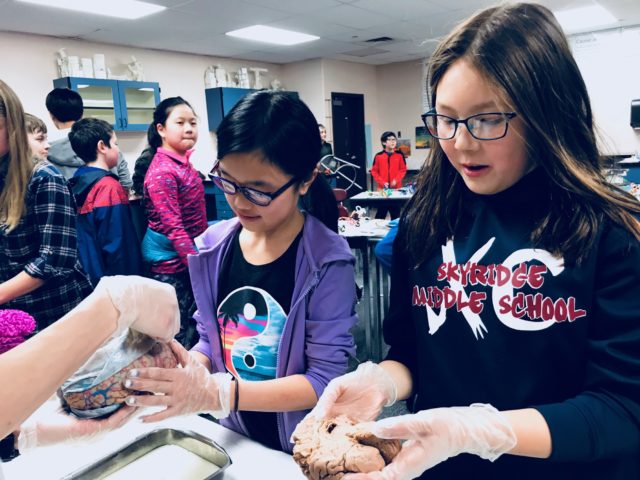
One topic was brought up frequently: autism. We were faced with questions such as “How are the brains of autistic people different?” and “What do we know about autism?”

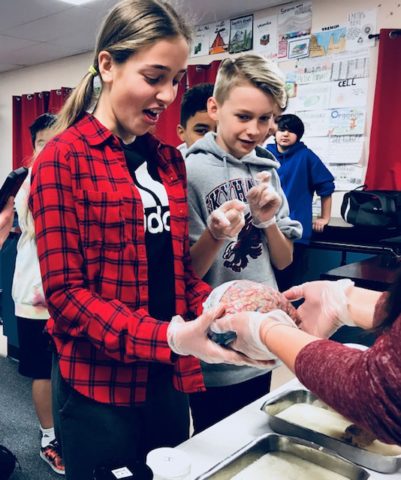
“The most interesting people you’ll find are ones that don’t fit into your average cardboard box. They’ll make what they need, they’ll make their own boxes” –Temple Grandin

One student told me that she knew someone with autism; another confided that a couple of her family members have the disorder. Bottom line: autism hits home. And when it does, we are plagued by questions. Some questions we still don’t have answers to.
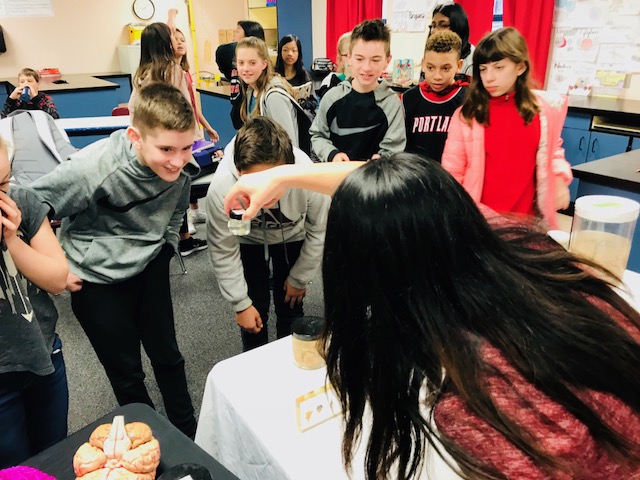

Autism Spectrum Disorder (ASD) is a developmental disorder that is marked by both behavioral excesses, including repetitive behaviors, and behavioral deficiencies, such as social impairment. Autism is thought to be more common in boys than in girls, with the ratio currently estimated at 4:1.

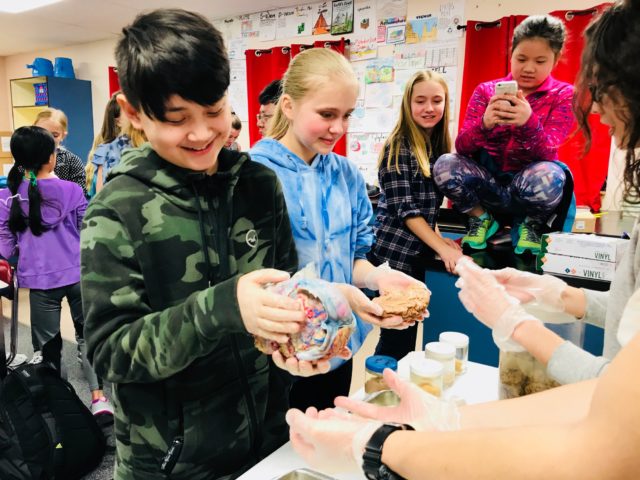
LEARN MORE: Behavioral and Cognitive Characteristics of Females and Males With Autism in the Simons Simplex Collection
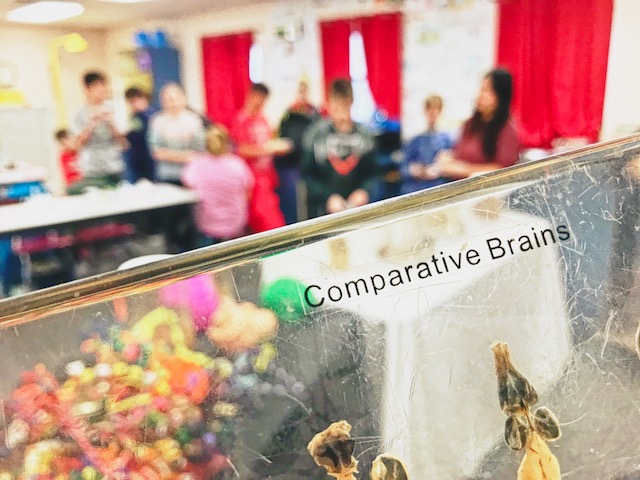

New research, however, has shown that girls are often misdiagnosed or are diagnosed later. This stems from current diagnostic criteria based on studies that were primarily done on boys. It appears that autistic girls tend to have fewer repetitive behaviors, or exhibit repetitive behaviors differently compared to boys with autism.
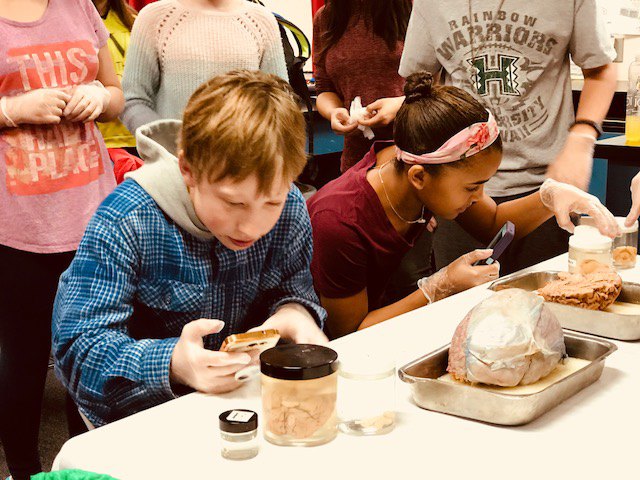

“When doctors, parents, teachers, therapists, even television describe typical spectrum kids, without meaning to, they’re describing typically male spectrum traits — patterns first noticed by observing boys. Only boys. And we aren’t boys. So they miss and mislabel us” –Jennifer O’Toole
LEARN MORE: Social and demographic factors that influence the diagnosis of autistic spectrum disorders.
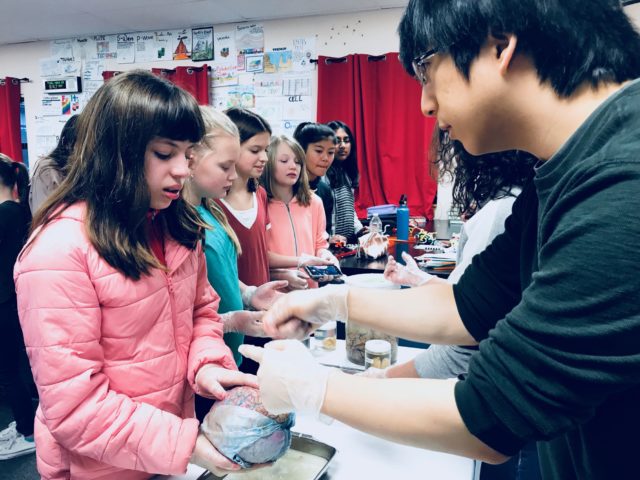
Furthermore, while there is conflicting data on whether autistic girls are more or less social than boys, there is a consensus that socialization is different between the two sexes.
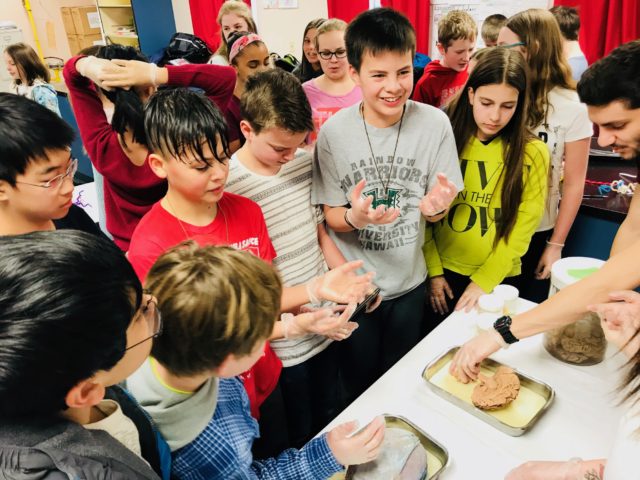
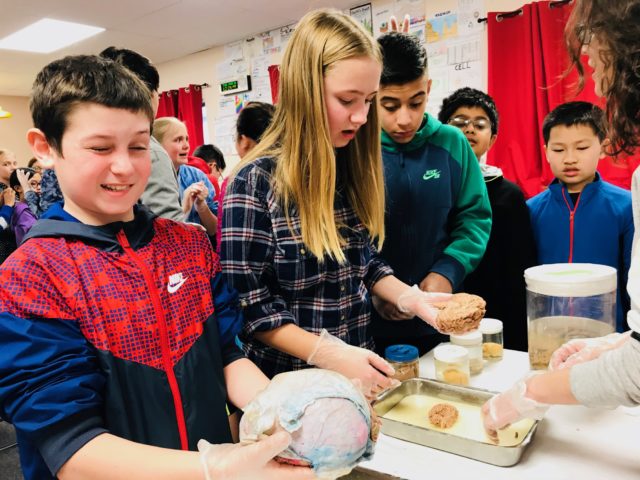
LEARN MORE: ‘Social Camouflage’ May Lead To Underdiagnosis Of Autism In Girls
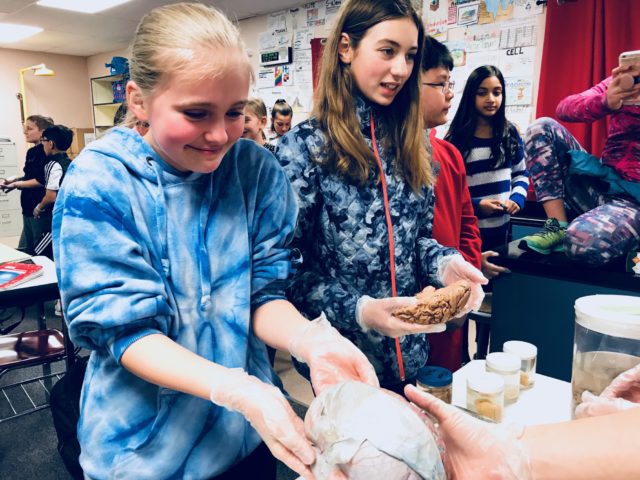
Another interesting finding is that the brains of boys and girls with autism do not look the same. We need to do more observational studies to bridge the gaps in our knowledge on what makes boys and girls with autism distinct from each other—and knowing that differences do exist is a first step.
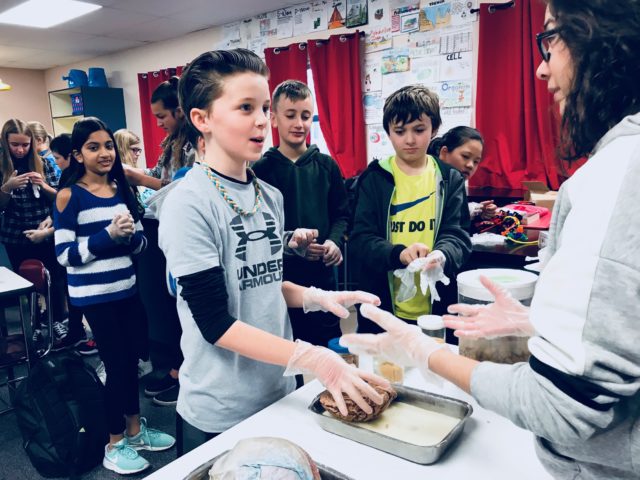
LEARN MORE: Gender differences in the autistic brain
It is during outreach events like this that we get to know and appreciate the wide-eyed curiosity of young people. Their genuine questions not only make us believe in a future filled with discoveries and solutions; these questions also challenge our understanding of what we know now, and in turn propel us to help pave the way to such a future.

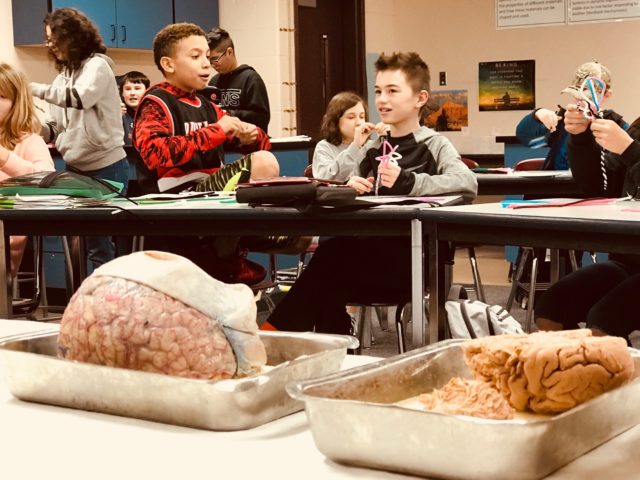

You know you’ve had a good day when you hear a child say, “When I grow up, I’m gonna study the brain, too!”

Many thanks to our Noggin volunteers and volunteer mentors, along with the teachers, students and staff at Skyridge Middle School!
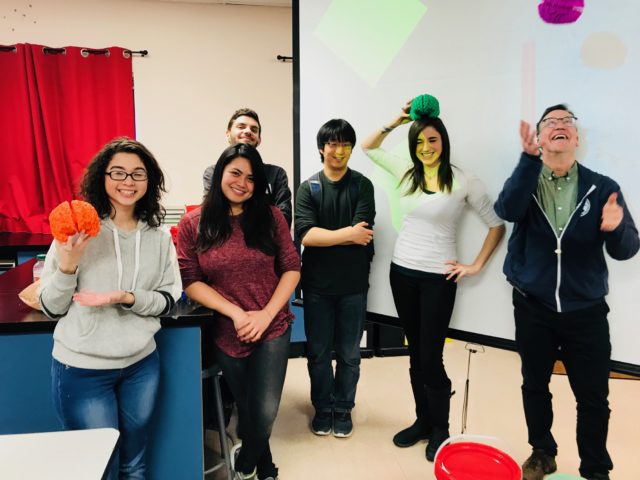
See what we’ve done at Skyridge before at the links..!
The Homunculus Dance @ Skyridge
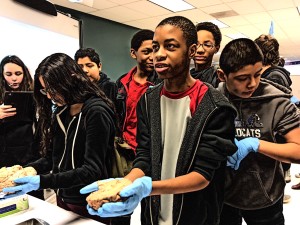
Synaptic Pruning @ Skyridge
